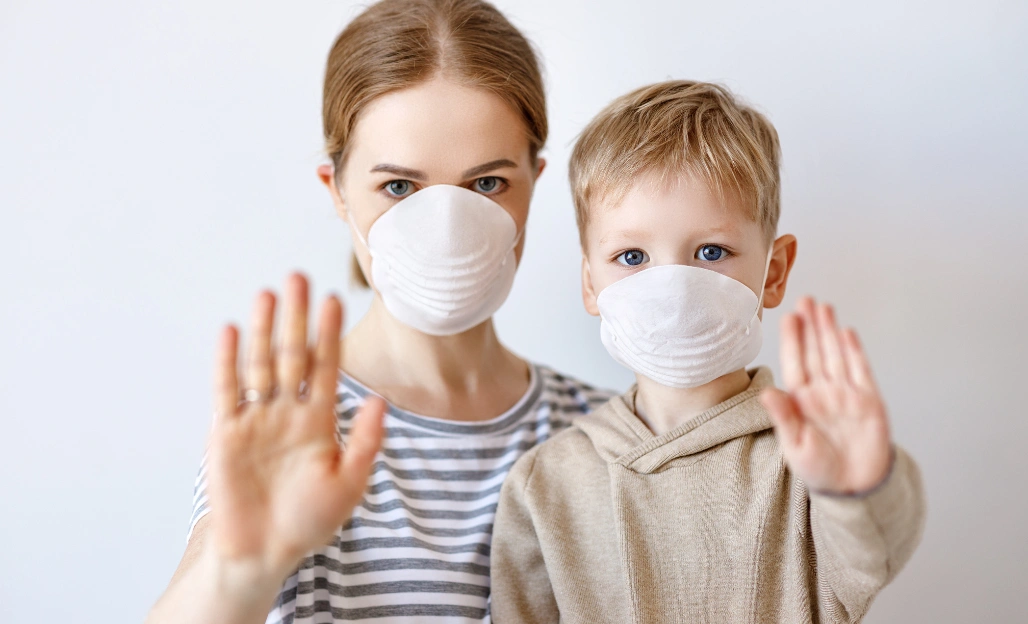The Hidden Pathways of Disease:
How do diseases spread? It’s a question that has puzzled humans for centuries, yet its importance has never been greater. In today’s interconnected world, diseases travel faster than ever before. From crowded marketplaces to international flights, pathogens have countless opportunities to move from one host to another. But despite the myths surrounding infections, understanding the modes of disease transmission can empower us to break the cycle and protect ourselves.
In this guide, we’ll uncover the ways diseases spread, explore modern drivers of outbreaks, debunk common misconceptions, and provide proven strategies to prevent transmission.
What “Disease Spread” Really Means?
At its core, disease spread—or communicable diseases spread—refers to how pathogens move from one person, animal, or surface to another. While the idea seems simple, the reality is far more complex.
- Pathogens and transmission: Viruses, bacteria, fungi, and parasites all use unique pathways to invade the human body.
- Host to host disease spread: Some infections jump directly between individuals, while others require environmental or animal intermediaries.
- Incubation period and spread: In many cases, diseases spread before symptoms even appear, allowing pathogens to move silently through communities.
By clarifying these terms, we begin to see that disease spread is not random—it follows identifiable common routes of infection.
The Four Major Routes of Disease Spread:
1. Airborne Transmission of Diseases
Airborne illnesses travel through tiny particles that remain suspended in the air for long periods. Think of measles, tuberculosis, or influenza. A single cough or sneeze can release thousands of infectious droplets.
- Droplet spread of illness happens when larger particles travel short distances, usually less than a meter.
- True airborne transmission of diseases allows pathogens to float across rooms and infect people who never came into direct contact.
This mode of spread makes crowded indoor spaces especially risky.
2. Contact Transmission of Infection
Another critical pathway is contact transmission of infection. It can be direct (skin-to-skin, handshake, hug) or indirect (touching contaminated surfaces).
Disease spread in schools and workplaces often occurs this way. Children share toys, workers touch doorknobs, and the chain of infection continues.
Examples include:
- Staphylococcus infections (skin contact)
- Norovirus (surface contamination)
3. Vector-Borne and Zoonotic Diseases
Some illnesses rely on animals or insects as carriers. Vector-borne diseases (mosquitoes, ticks) have caused devastating epidemics: malaria, dengue fever, Lyme disease.
- Zoonotic diseases transmission occurs when infections leap from animals to humans. Rabies, Ebola, and COVID-19 serve as alarming examples.
- Climate change and shifting ecosystems increase the risk of climate change and new diseases emerging from wildlife.
These cases highlight how closely human health is tied to environmental stability.
4. Waterborne and Foodborne Disease Transmission
Contaminated water and food are silent carriers of infection. Waterborne diseases and contamination like cholera spread through unsafe drinking water, while foodborne disease transmission often results from improper handling or cooking.
Disease spread examples include:
- Salmonella from undercooked poultry
- Hepatitis A from contaminated produce
- Cholera from polluted water sources
Modern Drivers Accelerating Disease Spread:
Even though the ways diseases spread have remained constant, modern life amplifies their reach:
- Global travel and disease outbreaks: A virus can cross continents within hours.
- Disease spread in crowded places: Overpopulation and urbanization make outbreaks harder to control.
- Climate change and new diseases: Warmer climates expand mosquito habitats, leading to fresh epidemics.
- Digital misinformation: False cures and anti-vaccine myths worsen transmission.
These drivers remind us that fighting disease spread requires collective effort.
Silent Carriers: The Hidden Riskz
Not all infections reveal themselves immediately. Asymptomatic carriers of infection can unknowingly spread illnesses, making prevention harder.
History offers many examples—such as “Typhoid Mary”—where one person fueled widespread infection without feeling sick. During COVID-19, asymptomatic carriers played a significant role in silent transmission.
Case Studies: Disease Spread in Action
- COVID-19: Primarily airborne and asymptomatic transmission.
- Malaria: A deadly vector-borne disease (mosquitoes).
- Norovirus outbreaks: Rapid contact transmission in schools.
- Cholera: Classic waterborne disease and contamination case.
These disease spread examples reveal how one infection mode can dominate an outbreak.
Myths That Mislead People:
- Cold weather makes you sick – False. Illness spreads more in winter because people gather indoors, not due to temperature alone.
- Touching any surface spreads everything – Not all pathogens survive long on surfaces.
- Vaccination stops all spread – Vaccines reduce severity and transmission but do not always eliminate risk.
Misinformation often leads people to ignore real hygiene practices to reduce infection.
Prevention: Breaking the Chain of Infection

Stopping illness means breaking the chain of infection at every possible step.
- Hygiene practices to reduce infection
- Handwashing, sanitizing surfaces, safe food handling.
- Vaccination and disease spread
- Immunization builds herd immunity, slowing outbreaks.
- How to prevent disease transmission
- Avoiding crowded areas during outbreaks, wearing masks, and ensuring good ventilation.
- Stopping outbreaks before they spread
- Rapid testing, tracing, and quarantine strategies.
With consistent action, communities can stop diseases from multiplying.
Future Outlook: Tomorrow’s Disease Spread
The fight is far from over. Emerging threats like antibiotic resistance, zoonotic spillovers, and climate-driven illnesses loom large. Preparedness—through global cooperation and advanced technology—is the only way to stop outbreaks before they spread.
Turning Knowledge Into Protection:
So, how do diseases spread? Through air, touch, water, food, vectors, and sometimes without visible symptoms. But knowledge is power. By recognizing the common routes of infection and applying prevention strategies, we can disrupt the cycle.
Protecting ourselves means protecting others. The responsibility lies not just with healthcare professionals but with every individual. Adopt safe habits, stay informed, and help create a healthier world.
FAQs:
How do diseases spread from one person to another?
Diseases spread through air, contact, contaminated water/food, and insect vectors. Some illnesses also pass silently via asymptomatic carriers.
What are the most common routes of infection?
The main pathways include airborne transmission of diseases, droplet spread of illness, contact transmission of infection, vector-borne diseases, and foodborne or waterborne contamination.
How can we prevent disease transmission?
Good hygiene, vaccination, avoiding crowded spaces during outbreaks, and practicing safe food handling all help break the chain of infection.
Why do diseases spread faster today?
Global travel, urban overcrowding, climate change, and misinformation accelerate global travel and disease outbreaks compared to the past.





